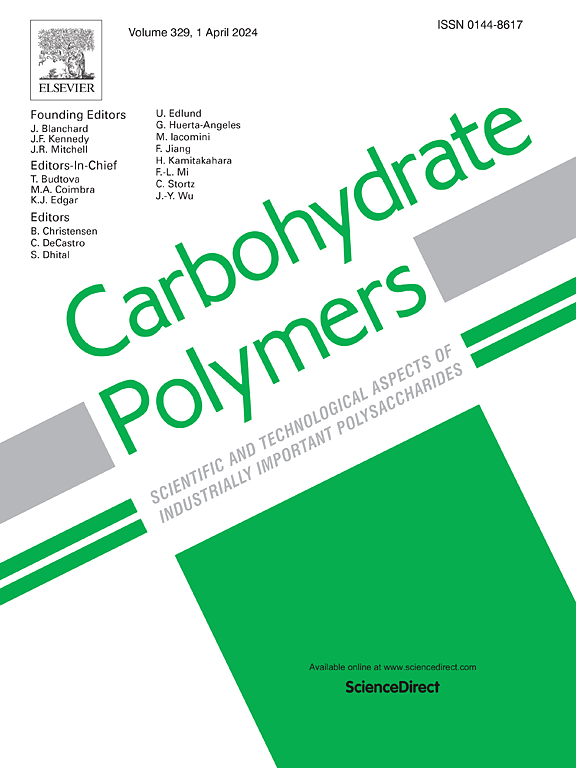Innovative insights into the interaction dynamics and gel properties of myofibrillar protein with structurally diverse pectin
IF 10.7
1区 化学
Q1 CHEMISTRY, APPLIED
引用次数: 0
Abstract
This study investigated the interactions between three structurally distinct apple pectin fractions and myofibrillar protein at varying ratios, focusing on their effects on gelation behavior. The optimal ratio of pectin to myofibrillar protein (1:7) facilitated the structural transition of myofibrillar protein from α-helix to β-sheet, improving its thermal stability by 1.2 times. This ratio also enhanced the exposure of sulfhydryl groups, hydrophobic groups, and tryptophan residues, promoting intermolecular chain entanglement. Our results indicate that the molecular weight and degree of esterification of pectin were key determinants of gelation properties. Specifically, the pectin with the highest molecular weight (201.6 kDa) and degree of esterification (75 %) exhibited a 97.3 % higher affinity for myofibrillar protein, as well as the highest cross-linking density with myofibrillar protein, compared to the pectin with the lowest molecular weight (131.6 kDa) and esterification degree (34.9 %). These molecular interactions significantly enhanced water-holding capacity (33.8 % increase) and textural attributes (1044 % increase in hardness and 31.5 % increase in elasticity) relative to the control group. These findings highlight the role of pectin structure in food protein applications, offering potential strategies for designing functional protein-based food systems.

求助全文
约1分钟内获得全文
求助全文
来源期刊

Carbohydrate Polymers
化学-高分子科学
CiteScore
22.40
自引率
8.00%
发文量
1286
审稿时长
47 days
期刊介绍:
Carbohydrate Polymers stands as a prominent journal in the glycoscience field, dedicated to exploring and harnessing the potential of polysaccharides with applications spanning bioenergy, bioplastics, biomaterials, biorefining, chemistry, drug delivery, food, health, nanotechnology, packaging, paper, pharmaceuticals, medicine, oil recovery, textiles, tissue engineering, wood, and various aspects of glycoscience.
The journal emphasizes the central role of well-characterized carbohydrate polymers, highlighting their significance as the primary focus rather than a peripheral topic. Each paper must prominently feature at least one named carbohydrate polymer, evident in both citation and title, with a commitment to innovative research that advances scientific knowledge.
 求助内容:
求助内容: 应助结果提醒方式:
应助结果提醒方式:


